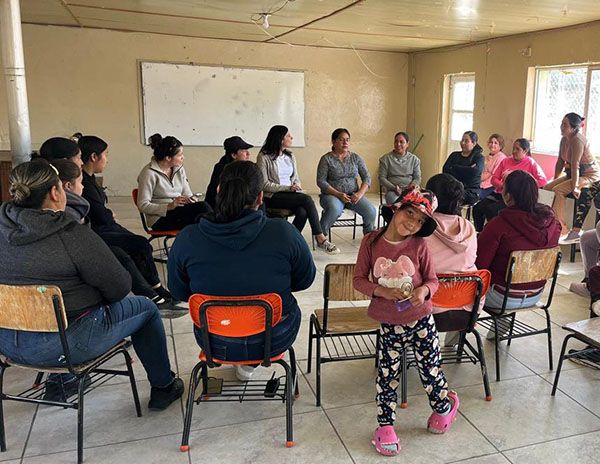
It's tragic when mining companies decide to go the extra mile to help a host mine community only for the whole effort to fall flat. And sadly, this happens quite often.
This is despite senior management sincerely wanting to do good for those communities. It’s exactly the outcome I’m always very conscious of avoiding when I start a new project. And these projects are challenging.
I’m reminded that even the World Bank, which has enormous experience with supporting development projects across the world, sees about 24% to 30% of them failing to meet their intended objectives. That’s according to the Bank’s Independent Evaluation Group.
Launching in Chihuahua Right now
I’m involved in launching a new pilot project in two fairly remote host mining communities in Chihuahua, Northern Mexico. The aim, over time, is to deliver clean water, energy, food security, economic opportunities and communications to the people living there.
As we design this project, I think about some of the amazing people I talked to while recently visiting these communities. There's the very bright little boy whom his teacher described as being gifted at maths. And there’s his mum, a hard-working entrepreneur trying to make a living in difficult circumstances. Despite their struggles, I’m touched by their optimism. Both have talent and dreams. But they simply don’t have access to the economic opportunities the rest of us take for granted.
I’m hoping the project I’m working on will help change that.
Planning for success
However, this begs the question of how best to use the mining company’s funding to help people like these two individuals enjoy a better life – one with more opportunities.
Before carrying out any work it is crucial to lay the foundations with the community, according to its needs and this is done in three phases. The first is to get them to open their hearts and minds to the benefits the project will bring to them. Next, it’s the education phase – this is how solar panels will improve your life or water purification will improve your health ... This is how you use them.
Then it is the playback phase. What does the community think of these ideas? Can they picture themselves incorporating these technologies into their daily lives? This last phase is very important, because it is not uncommon for a mining company to put up some solar panels and for them never to be used. Maybe it was due to poor maintenance, or they never became accepted as part of the community’s ‘infrastructure’.
Accessing clean water
One of the problems in these two communities is around consistent access to clean water. In one of them, people have to go up a mountain to collect water and then carry it back home, which is arduous and time consuming. Water is heavy!
The idea is to create facilities within the community that collect rainwater and then use a silver-based filter to purify it. Eventually, this might be upgraded to an atmospheric water generator. This will give communities continuous access to clean water, which will be a major plus.
The gift of electricity
Electricity is another game changer – hence plans to introduce solar panels and batteries – initially for the schools. This will bring better lighting to the classroom and just as importantly allow children to use computers.
It will also mean that the schools can be used for social activities in the evenings. Related to that, we have an ambition to connect these schools to the Internet. I think of that gifted little boy I briefly met. Who knows he might be a budding scientist or engineer. But if he doesn’t learn to use computers, the Internet and AI – he won’t be able to pursue a career in those fields. This would be a tragic loss for him, his family and the world.
And with others like him in mind – we want each school to have a laboratory where the children can learn about science and discover, for example how technologies such as solar energy work, about bacteria and of course the properties of metals.
Also, teachers in these schools have a big role to play in influencing the parents towards understanding and using these technologies. As they teach the children about them – they then share their knowledge with their parents, which helps start a virtuous cycle of adoption.
Life after the mine
Then there’s the economic dimension. While speaking to a group of entrepreneurial mums, it emerged they want a greenhouse so they can scale their vegetable production. This is so they can generate a surplus that they can then sell in a market in a neighbouring town to earn some extra money.
This is the kind of thing that not only provides economic opportunity, but also reinforces the community’s food security. This is the type of micro-enterprise that should be able to live on long after the mine has ceased to operate. It also demonstrates the value of listening to the community – because with the right resources they’re quite capable of solving many of their own problems.
Keeping you updated
This pilot project is in its very early phase. My intention is to share updates every six to eight weeks about the project’s development, which will probably last around 18 months. I will report back on its progress and how it is impacting the lives of individuals in these two communities, such as the entrepreneur mum and her gifted son. So, look out for ‘Project Update:’ in the headline if you want to follow this story – hopefully to a happy conclusion!
